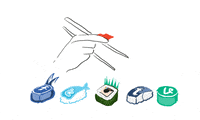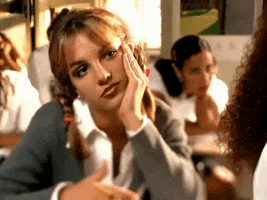Can the Radio Tell a Story in Today’s Society? Blog #2
8 AM. My first alarm goes off as my eyes slowly open to a slew of miscellaneous notifications. I silence my phone and go straight to the first app I see. Sometimes it’s Instagram, sometimes it’s Snapchat. Today it’s a mix of both. I multitask between the two, and finally head over to TikTok. By the twelfth video, I’m ready to stand up and wander my way to the bathroom to brush my teeth. I make sure the soundtrack is right for the task at hand, and open Spotify to some Taylor Swift music to start the day off right. It is 8:15 AM and I have already consumed five different types of media.
In today’s age, technology advances have made it difficult for simple media platforms to tell stories, the radio being one of these platforms. Specifically, in the radio-told story “The Hitch-Hiker,” I found it difficult to understand/pay attention to. As someone whose senses are always in overdrive due to the multiple types of media I consume, the radio tends to be an ineffective way for me to listen and comprehend a story.
Although the story “The Hitch-Hiker” included multiple sound effects and background music to help tell the story, I found that the lack of visuals made it less interesting than something like a TV show or Youtube video. For me, the lack of visuals makes a large difference because I am so used to being drawn into a story in many ways, whether this be music, sound effects, visual effects, and character expressions. When just my auditory senses are involved, I find myself scrolling on my phone, coloring on a notebook, or doing any other task to keep me occupied while listening.
Not only was the lack of visuals disenganging, but the narrator’s voice was quite monotone, leaving me bored and waiting for something else to happen that just never did. It is hard to express emotion in a story through the radio because the audience cannot see facial expressions which can be vital. It takes innate skill to convey a story over the radio, and when not done to perfection, it can disengage an audience quite easily.
Back in the day, the radio was one of the only media platforms some people had, making it very successful. However, with current advances in technology, the radio has and will struggle when staying as relevant as other platforms such as social media and television. In order to catch and keep the attention of new generations, storytellers need to be able to engage audiences through the integration of visuals along with auditory stimulation.

